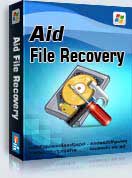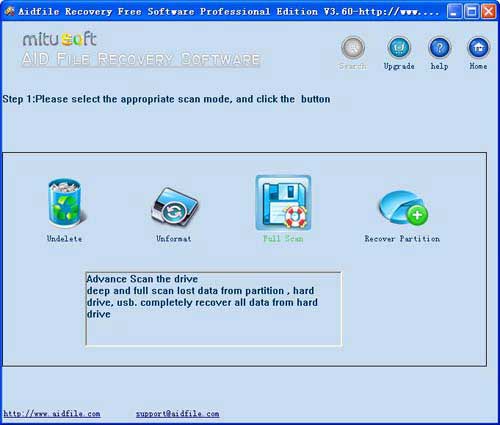SSD drives show up in BIOS and device manager, but not in Explorer or Diskmanager repair tool fix to do data recovery, best file Recovery software help you recover MS word,excel, pictures, music, video files from SSD drives show up in BIOS and device manager, but not in Explorer or Diskmanager
Use "unformat" to recover formatted drive for "SSD drives show up in BIOS and device manager, but not in Explorer or Diskmanager" after quick format,full format,accidentally formatted,reformatting,High-level formatting,Low-level formatting.
Use "recover partition" to recover files - SSD drives show up in BIOS and device manager, but not in Explorer or Diskmanager partition,lost partition,changed ,damaged partition.And if the size or position of partition is changed by format,It can not recover with "unformat"so you can use "recover partition"mode.
Use "undelete" to recover deleted files - SSD drives show up in BIOS and device manager, but not in Explorer or Diskmanager after Virus attack,Recycle bin clear,disk cleanup,Press shift del by mistake,permanently empty recycle bin,shift delete ,accidentally deleted by a mistake.
Use "Full Scan" to recover data - SSD drives show up in BIOS and device manager, but not in Explorer or Diskmanager which can not be found with "undelete" and "unformat" and "recover partition",after showing an error,display as raw file system,unformatted,unknown partition,unpartitioned,needs to be formatted,or the file system is not exfat,not fat32,not ntfs.
" SSD drives show up in BIOS and device manager, but not in Explorer or Diskmanager", I bought a now SSD Kingston v300 120GB and manually installed it into my computer. BIOS recognized this drive, also the Device Manager. Yet I can't rename the drive (add a D: or F: on it) and its not visible in Explorer. My OS is Windows 8.1 Pro N. Do you think I connected the drive to the wrong SATA on my Mainboard?
Aidfile Recovery Software Keyfeature
support FAT32 EXFAT NTFS and RAW file system
support Win32 (32 bits) and Win64 (64 bits)
Support Windows XP, Windows 8, Windows 8.1,Windows Vista, Windows 2003, 2008, 2012,Windows 10,Windows 7 .
Desktop & laptops Ultrabook:HP Pavilion,HP Compa,Alienware Alpha,Lenovo ThinkCentre,Lenovo IdeaCentre,Dell Inspiron,Dell XPS,Sony VAIO,Acer Aspire,Asus Transformer,Dell Latitude,Samsung Ativ Book,Asus VivoBook,HP Envy,Lenovo IBM ThinkPad,Lenovo IdeaPad Yoga,Microsoft Surface,Toshiba Satellite
MS Office document (Word, Excel, PowerPoint, Outlook) types (doc, docx, ppt, pptx, xls, xlsx, pst, etc.),photos (JPG, PNG, ICON, TIF, BMP, RAF, CR2, etc.), videos and audios (MPG, MP4, MP3, MTS, M2TS, 3GP, AVI, MOV, RM, RMVB, etc.), compressed files (rar, zip, etc.), PE files (exe, dll, lib, etc.) and so on.

